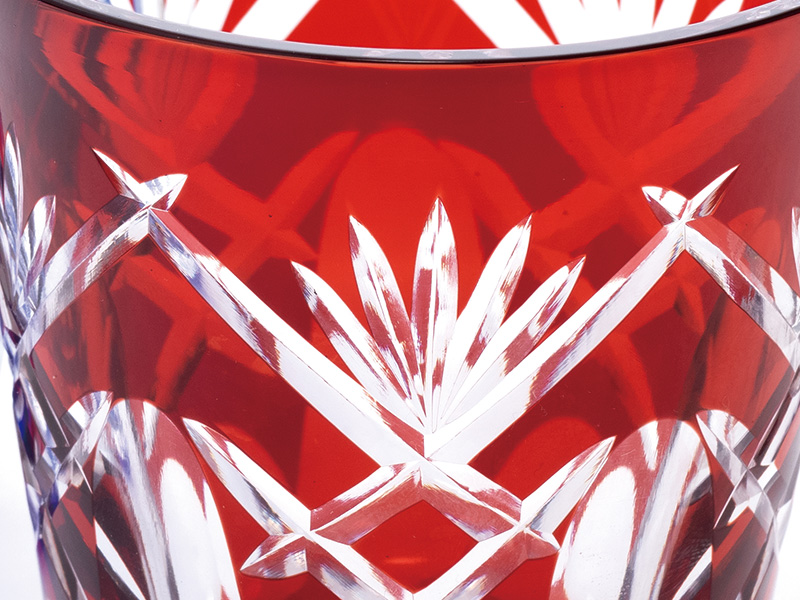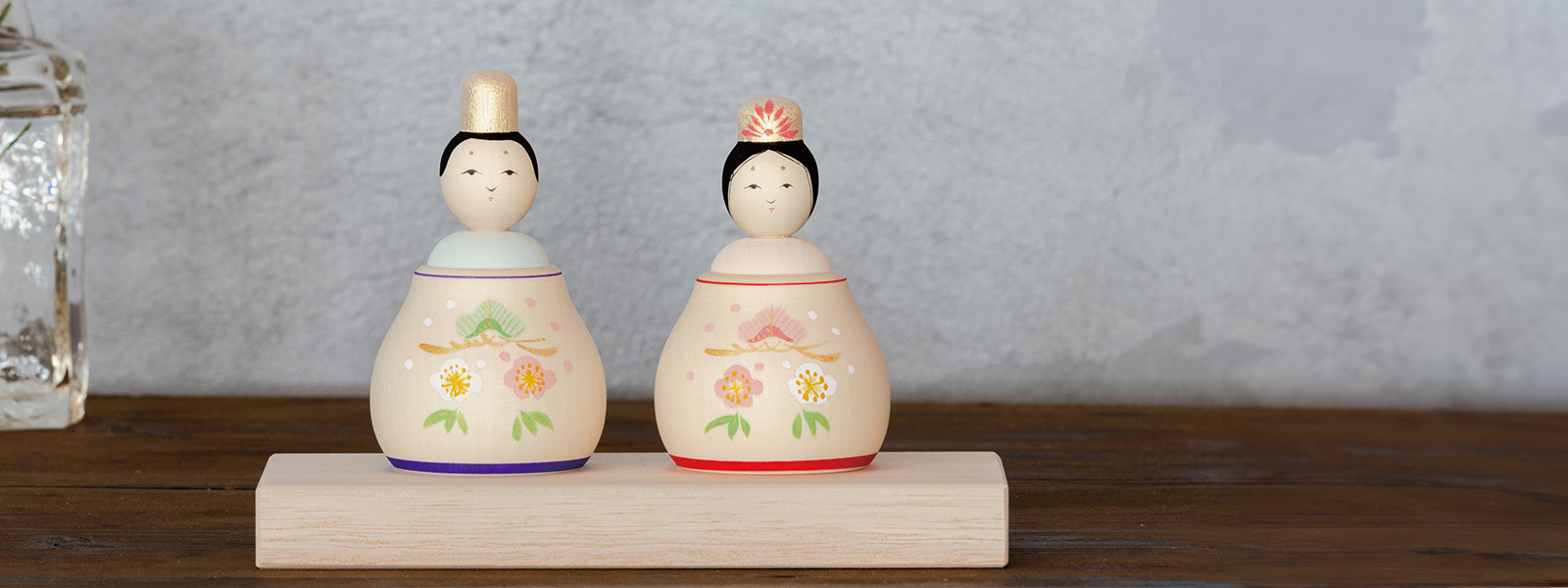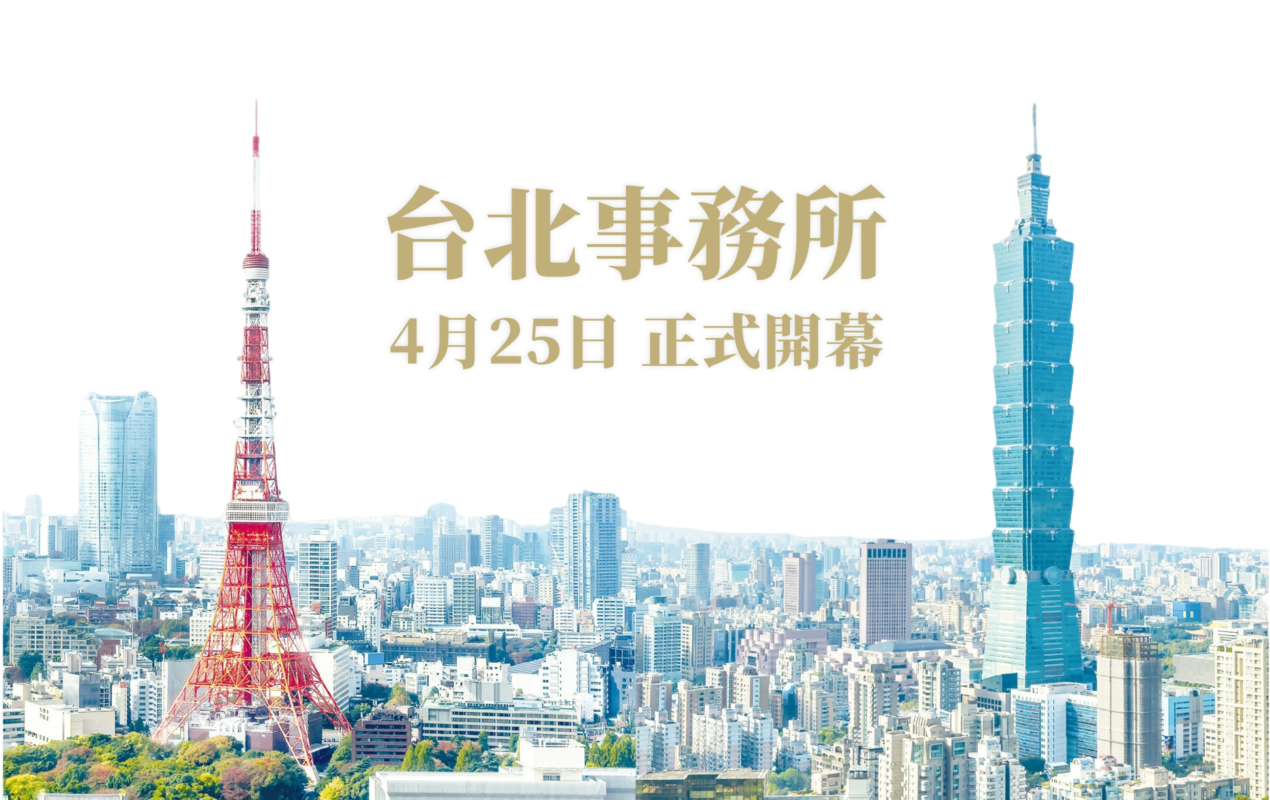Yuzen is a traditional kimono dyeing technique that has been passed down since the Edo period. Yuzen, each piece of which is hand-painted by craftsmen, is gorgeous and elegant, and lifts the spirits of both the wearer and the beholder.
This time, we will introduce the history of Yuzen, which Japan is proud of, and the charm of Tokyo hand-painted Yuzen, which was developed in the Edo period.
Yuzen technique created by a popular Kyoto painter
"Yuzen" was born and developed during the reign of the fifth shogun of the Edo Shogunate, Tokugawa Tsunayoshi, in the period between the Jokyo and Genroku eras (1684-1704). It is said that Miyazaki Yuzensai, who was active as a fan painter in Kyoto, played a significant role in its inception by incorporating his innovative designs into kimonos.
Yuzensai was a specialist in painting on fan surfaces. Fans have been used for decoration and important ceremonies since ancient times.
There are various techniques used in Yuzen, such as "tegaki" (hand-painting), "katazome" (stencil dyeing), and "kikai nassen" (machine printing). Among them, the rare "tegaki yuzen" involves approximately 20 processes, including conceptualizing the design, creating an underdrawing with a "ao-bana" (blue flower) liquid squeezed from dayflowers on a pristine fabric, applying "itome norioki" (starching to prevent dye bleeding), and coloring according to the underdrawing.
Although all these processes, "Kyoto Yuzen," "Kaga Yuzen," and "Tokyo (Edo) Yuzen" have differences in production processes and regional characteristics. Together, they are known as the "San Dai Yuzen" or the "Three Great Yuzen."
"Kyoto Yuzen" is characterized by rich colors, elaborate patterns, and features such as the application of gold and silver leaf, as well as embroidery with gold thread. It is commonly used for special occasions such as the celebration of a woman's coming-of-age ceremony ("seijin no hi") at the age of twenty, or in ceremonial occasions like weddings, where women wear "furisode" or "tomesode."
On the other hand, "Kaga Yuzen" is said to have developed when Yuzensai moved to Ishikawa Prefecture. It features a palette known as "Kaga Gosai," consisting of five colors: indigo, yellow ochre, green, ancient purple, and vermilion. The designs primarily focus on realistic depictions of flowers and plants, and the technique uses almost no other methods besides dyeing. In comparison to "Kyoto Yuzen," it gives off a more subdued impression.
"Tokyo (Edo) Yuzen" may seem modest compared to other Yuzen styles, but it is characterized by bright colors and innovative designs.
The
The introduction of Yuzen to Edo, which is present-day Tokyo, took place during the flourishing culture of the common people in the Bunka and Bunsei eras (1804-1830). Edo, as the center of military governance, experienced economic and cultural development, attracting various products and cultural influences from the "Kudarimono" or the regions below, such as Kyoto and Osaka. Over time, artists and dyers employed by feudal lords moved to Edo, leading to the transmission of diverse techniques and the development of unique styles.
One distinctive feature of "Tokyo (Edo) Yuzen" is its chic color palette dominated by indigo and white. This can be attributed, in part, to the "Shashikinrei" or the extravagance prohibition decree issued by the shogunate during the Genroku era, which restricted luxurious embroidery and shibori techniques. In contrast to the opulence of other Yuzen styles, the simple yet modern designs of Edo Yuzen gained widespread popularity among the common people of Edo, epitomizing the concept of "iki" or chic.
Furthermore, unlike "Kyoto Yuzen" and "Kaga Yuzen," which employed division of labor, "Tokyo (Edo) Yuzen" is characterized by a single artisan overseeing all stages of production. This unique aspect contributed to its distinct identity.
Yuzen produced in this manner found applications in various garments, including kimonos and obis.

Modern “Tokyo hand-painted Yuzen”
The dyeing process, involving the washing away of dyes and starch, requires a significant amount of water resources. Therefore, artisans who migrated from the upper regions to Edo set up their residences along the Kanda River to the Sumida River.
Initially concentrated around Kanda and Asakusa, the expansion of dyeing workshops began with the establishment of the Egoshiya Kimono Shop's dyeing factory (now Nihonbashi Mitsukoshi) in the Ochiai area of present-day Shinjuku Ward, Tokyo, in the first year of Enpo (1673). Many dyers and related craftsmen, such as "yunoshiya" who used steam to remove wrinkles from fabric, gathered seeking water suitable for dyeing. The name "Ochiai" originates from the confluence of the Kanda River and Myoshoji River, where two rivers meet, providing abundant water and favorable water quality.
The textile industry, including Edo Yuzen, experienced remarkable development as a local industry in Tokyo, particularly after the reconstruction following the Great Kanto Earthquake and World War II. In 1962, craftsmen specializing in Tokyo's hand-painted Yuzen dyeing established the "Tokyo Crafts Dyeing Cooperative Association." In 1980, it was designated as a traditional craft by the national government under the name "Tokyo Tegaki Yuzen."
At its peak, over 300 dyeing-related businesses were concentrated, and until the 1960s, scenes of artisans washing fabrics in rivers could be witnessed throughout the city. This practice, known as "Yuzen Nagashi," became a familiar sight and a symbolic part of the city's culture.
Although fabric washing in rivers is no longer practiced, dyeing workshops are scattered around Shinjuku Ward, and an event called "Some no Komichi," centered around dyeing, is held annually in February. The artisans of "Tokyo Tegaki Yuzen" not only strive to preserve the traditional culture as Japanese everyday attire shifted from kimonos to Western clothing but also actively engage in the development of designs and products that suit modern lifestyles.
Kanda River (around Takadanobaba)
Some no komichi
summary
The term "iki," which appears in the text, refers to a unique sense of aesthetics born during the Edo period. "Iki" encompasses various elements such as being well-groomed and stylish in appearance, understanding human and social emotions, abiding by principles, and not flaunting intelligence or wealth. Despite legal restrictions on extravagance and the necessity of frugal living, individuals found ways to enjoy fashion in their own unique manner, which was also considered "iki."
Through "Tokyo Tegaki Yuzen," one can explore the concept of "iki" that the townspeople of Edo cherished and valued. Despite legal constraints and a frugal lifestyle, the people of Edo creatively expressed their sense of style, embracing the essence of "iki." Why not delve into the world of "iki" that has been cherished and passed down through "Tokyo Tegaki Yuzen"?












